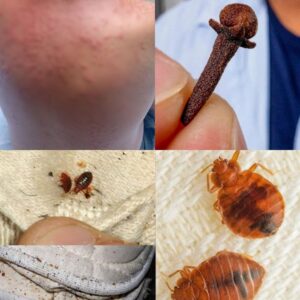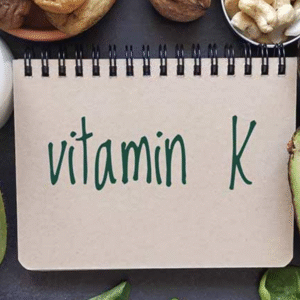Cassava, often called the “world’s deadliest food,” kills over 200 people each year—yet 500 million people still eat it regularly. Native to South America, cassava is a staple crop for many, but it contains toxins that can turn deadly if not processed correctly.
According to the World Health Organization (WHO), “cassava tubers contain a varying quantity of cyanogenic glucosides… appropriate processing before consumption can reduce” the risk. When improperly prepared, especially during famine or war, high cyanide exposure can occur.
The danger lies in cassava’s stems, peel, and leaves, which produce hydrogen cyanide. Consuming it raw or underprocessed can lead to cyanide poisoning and diseases like konzo. WHO explains, “Konzo is an irreversible spastic paraparesis… associated with the consumption of bitter cassava and a low protein intake. It is a disease of extreme poverty.”
Despite the risks, cassava remains a vital food for millions. Proper preparation—such as soaking for up to 24 hours—is key to reducing its toxicity.
As El País reported, some people in Venezuela turned to salty, unsafe cassava during food shortages, leading to tragic outcomes. The takeaway: cassava can be safe, but only with careful handling.



